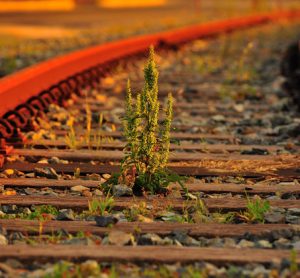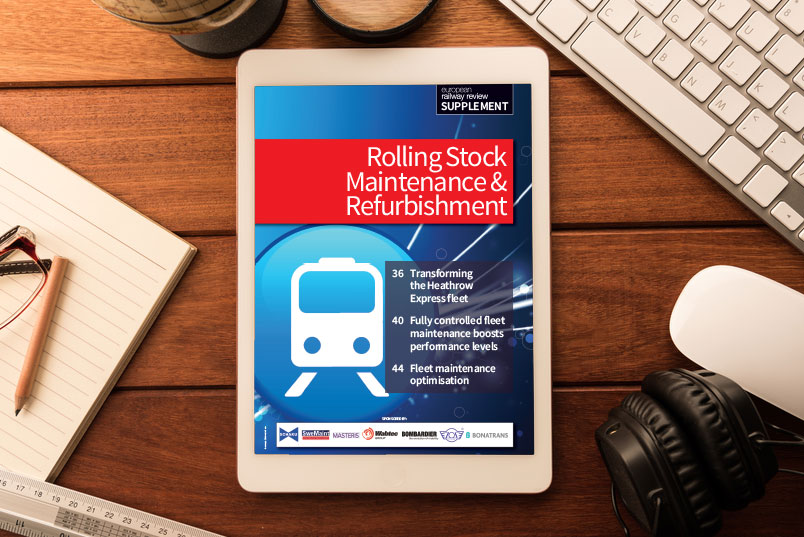Power quality (and monitoring) in railway systems
26 September 2013 | By Marco Filipe Santos, Head of the Catenary and Electric Traction Department, REFER Engineering S.A
Electrical compatibility between fixed installations and rolling stock, at power supply level, is paramount when dealing with power quality, system availability and reliability. This article addresses power quality and power quality monitoring on alternate current 25 kV electrification systems, focused on overvoltages generated by near resonance frequency harmonics. Theoretical background…



